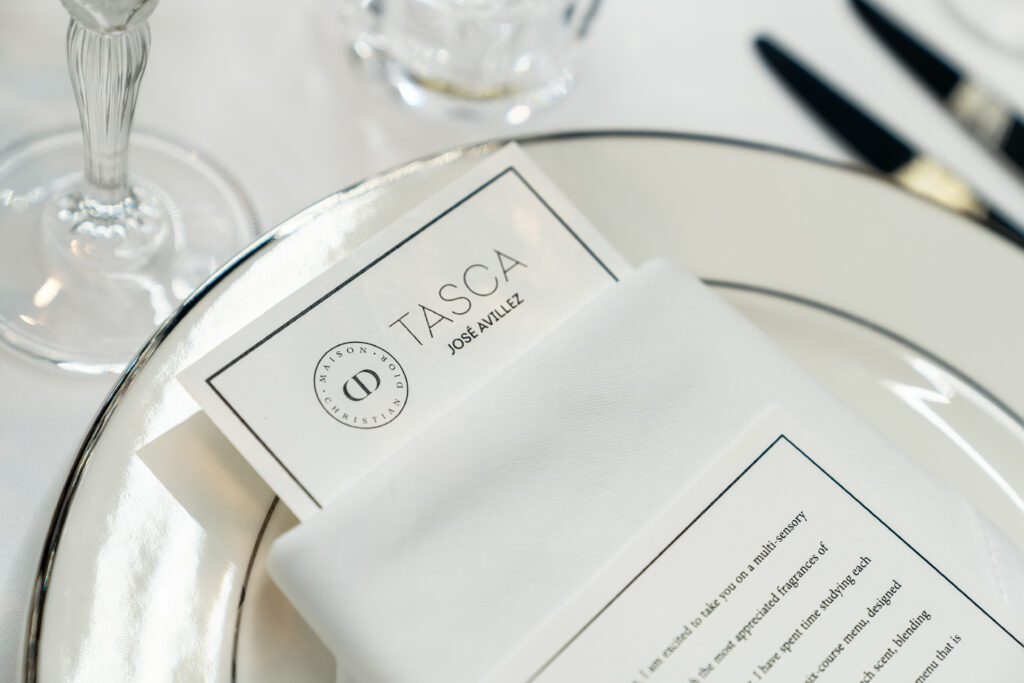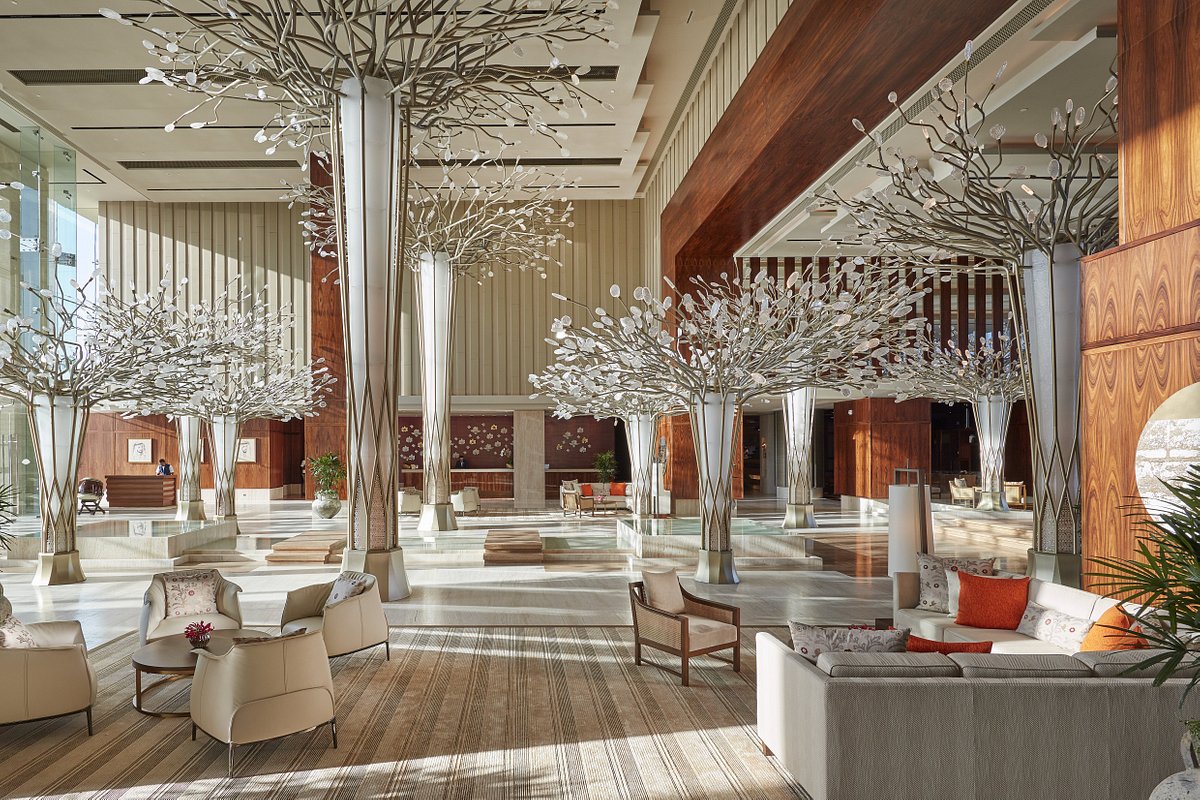Skift Take
Sales and marketing needs to evolve to address the cultural depth luxury consumers now demand. The best hotels are moving beyond "heads-in-beds" marketing to creatively place brands in culture, catering thoughtfully to sub groups and interests. When done right, the resulting glow adds value to businesses owning their brands fully.

On Experience
Colin Nagy, a marketing strategist, writes this opinion column for Skift on hospitality and business travel. On Experience dissects customer-centric experiences and innovation across the luxury sector, hotels, aviation, and beyond. He also covers the convergence of conservation and hospitality.
You can read all of his writing here.
Sales and marketing has been a long established role in the core teams of hotels around the world. There’s a lot to it, but the role generally entails driving demand for a property, liaising with trade partners, and strategically positioning the hotel in the market and with press.
But at the higher end of luxury, consumer expectations are stretching the potential scope of the role in new ways. It’s not enough to have a tight narrative and show up in the right magazines. Sales and marketing also has a role in something deeper: creating the intangible pulse of a property, going beyond a well-appointed place to sleep and dine, into something that has a cultural role in the community, and also educates, inspires, and deepens love and loyalty.
Indeed, the best sales and marketing practitioners now are equal parts business driver and cultural navigator, partnerships curator, as well as community diplomat. When performed well, the role today taps more of an editor-in-chief energy than just PR, rates, numbers, and spreadsheets. And though these new mandatories for luxury consumers are not codified and not always clearly understood (relative to hard numbers), they can drive significant business impact for a property. Sometimes the feeling and engagement evoked by a place manages to stay longer in memory than the bed linens.
Placing Brands in Culture
The most difficult thing for a new property, or a property that is repositioning, is earning an actual place in the cultural conversation. While this sounds nebulous, it means the hotel having an active role in important topics related to guest’s interests, from cuisine to sustainability, to horology. Put simply: introducing them to new things.
High net worth clientele have access to the best in the world, and I’ve long said that cultural currency, and the soft diplomacy of gently calibrating a guest’s taste and knowledge is the thing that stands out. Indeed, status, and the conveying of status does come from wearing Loro Piana loafers or discrete clothing from The Row, but it also comes with knowing certain things and standing out from a well-heeled herd.
Some of the most astute commentary on this comes from author W. David Marx in his book, Status and Culture. The core thesis of the book is that cultural evolution is driven by people’s desire to ascend the social rank. As he writes in the introduction, “Status struggles fuel cultural creativity in three important realms: competition between socioeconomic classes, the formation of subcultures and countercultures, and artists’ internecine battles.” Marx makes the assertion that, like it or not, the elevation of perceived status is a driver of a lot of human behavior.
Hotels are actually well-positioned to satiate many of these drivers and desires by virtue of how many surface areas of a guest’s lives they touch. The compound effect of smart cultural partnerships, positioning, and programming can create a halo that helps drive rates, and importantly perceived value for a property. It is the difference from a stay where you feel you’re leaving a better version of yourself, versus a stay where your bank account has been lightened significantly.
Ashraf Amaani, senior brand director for Middle East, Africa & Southeast Asia for Mandarin Oriental, demonstrated a masterclass in this as he, the property’s GM and a hand picked team brought the Mandarin Dubai to market. By forging partnerships with Emirati artists and designers Aljoud Lootah and Ahmad Al Areef, and orchestrating immersive dining experiences with Dior, the brand was able to cut through some of artifice of the city and add some depth for guests. Brand integrations went deeper than fancy retail cases seen in some luxury lobbies: Vacheron Constantin created an entire suite experience that allowed collectors a private refuge to experience the brand.

The overall approach was to create compelling, highly unique things, niche by niche, for fashionistas to more conservative Emiratis, and mixing it all together in a thoughtful melange of cultural output. The result has been one of the best performing ADRs in a hyper-competitive, booming market.
Rethinking Content
The role of sales and marketing also touches new ways of communication, namely content marketing. Instead of the few print campaigns of old, social media has created a ravenous beast, hungry for ever refreshing content. The smartest brands step back and figure out how to elevate all of their touch points and snap them into alignment with their brand values and proposition.
Six Senses smartly brings their sustainability work that used to happen in the back of house, front and center, building vivid brand stories and narrative. Aman commissions beautiful, high touch editorial that is often better than consumer travel magazines, and doesn’t sell, as much as it communicates a distinctive and cultured worldview that aligns with what their audience wants. Habitas’s new property in Alula, Saudi Arabia uses motion video to sell a vivid and immersive pitch to those who haven’t visited the nascent market. Shangri-La’s Al Husn resort in Oman quietly invested in two years of education for a local cultural ambassador on the nuances of Omani art, architecture and traditional Frankincense to be able to tell deeper stories to their guests. All are examples of this new marketing purview, executed brilliantly.
A Necessary Evolution
The industry hasn’t all caught up. Some sales and marketing roles still only touch some elements of brand, and the lower marketing funnel. But the best brands know that their marketers need to understand how to read the tricky currents of cultural trends, deeply understand their brand strategy, and figure out how to stretch the brand into the channels, partnerships and adjacencies.
When it comes together, the resulting resonance, while sometimes hard to measure, adds value to brands and their ownership. Guests feel like they are getting something above and beyond the rate they pay for the room. And this enlightened approach will be essential to stand out in a market flooded with capital and new openings.
Have a confidential tip for Skift? Get in touch
Tags: future of lodging, hospitality, hotels, luxury, marketing, On Experience
Photo credit: By forging partnerships with Emirati artists and designers and orchestrating immersive dining experiences with Dior, the Mandarin Dubai was able to cut through some of artifice of the city and add some depth for guests. Mandarin Dubai
